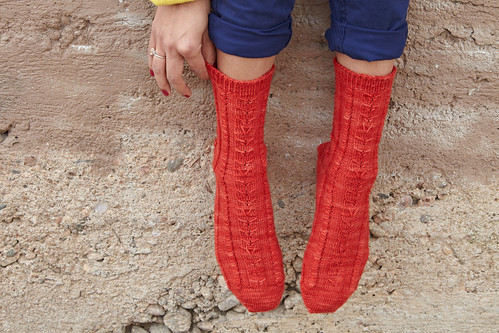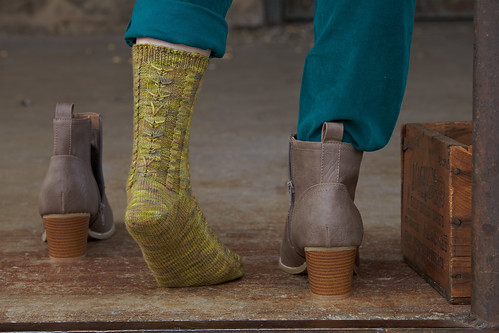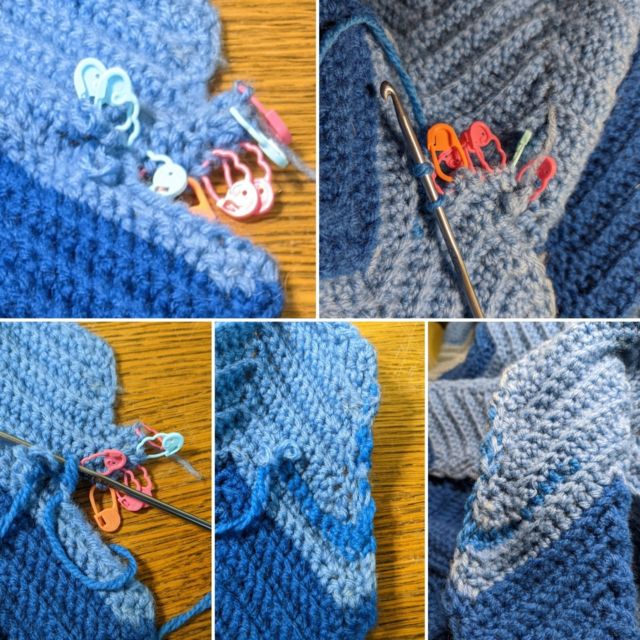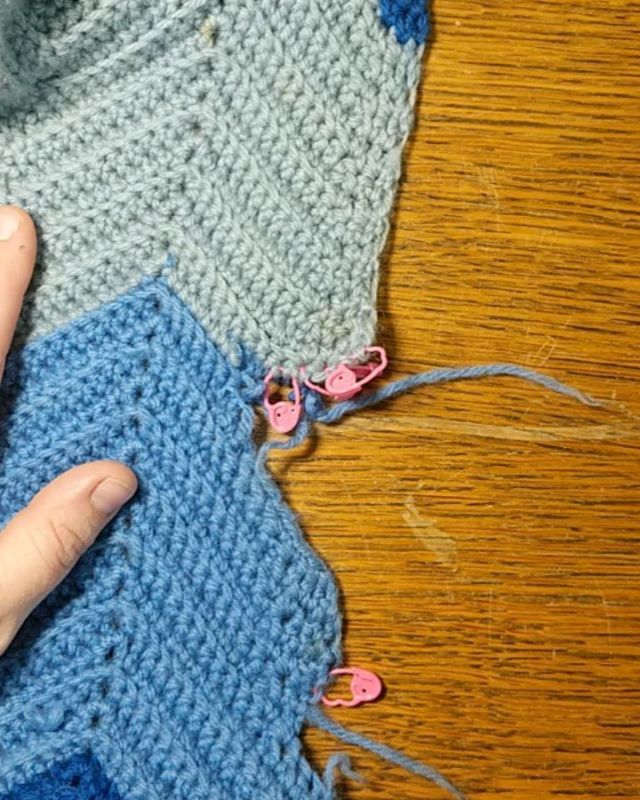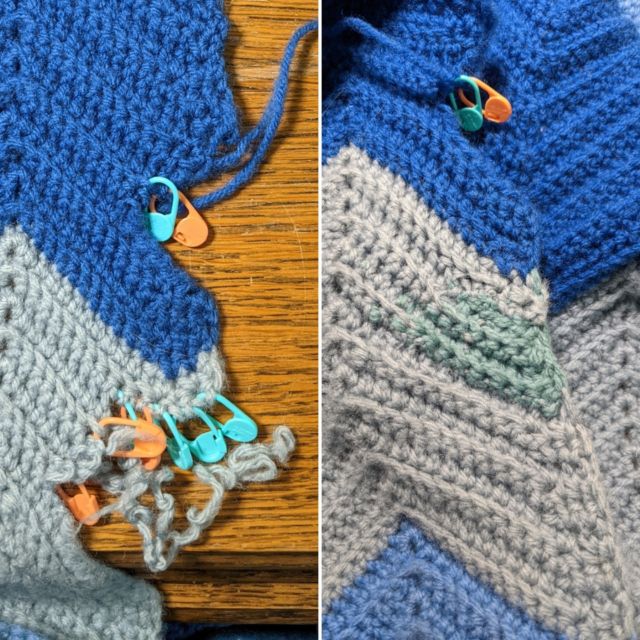started designing, one of the most helpful resources I had access to was a
thread on Ravelry (actually, it might have been several) that outlined
successful proposals that designers had sent publishers. In the spirit of giving to others, I’ve been
wanting to open a series of posts about successful proposals that I have done,
in the hopes that other budding designers can learn from them.
it in the spirit of a Theatre Traditon (actors and stagehands and practically everyone that has something to do with the stage are big on traditions) which
is called the Post Mortem (debriefing). Literally
“after death”, it’s a meeting after the run of a play that talks about what has
been done well, what didn’t go well, and what would be changed in the future. Nobody’s perfect. There’s always room to improve.
spirit, this is my proposal for Sockupied Spring 2013.
them two proposals, but one of them I’m sending out to other magazines, so I
can’t show you yet. But I can show you
the one that got in.
done well:
- Big
picture of the swatch. Well photographed
and in good light. A must.
- Outline
of inspiration – a fair amount of companies, I’ve found, often use the language
from my inspiration post that I write on my proposals. It works for me, so I keep doing it.
- I
meet the design call requirements – I have my contact information, the yarn
needed, and construction details. I have
a brief bio that I always use.
- I high-lighted that this pattern works well in multicolored and solid yarns. A lot of companies like patterns that are
able to do this, and in this case, it made a good fit for the One Sock Two Ways
feature in Sockupied.
- It’s
one page.
Things that I could have done better:
- My
drawing skills need to improve. I could have
made a much better drawing – and this is something I’m working to fix. On the other hand, as long as the drawing is
functional and conveys what you want it to convey – don’t stress out about it
too much. Companies are hiring a
designer for their knit or crochet ability – not their drawing ability.
- I
could have used a more professional layout. This I’ve already fixed. I hired someone shortly after I submitted this to create a logo for me, and
later in the year I’ll be hiring the same person (Knitterella) to do layout
design for me. This is the first way
many editors meet me – it always pays to present yourself well.
Have you submitted any proposals to be published? What do you think went well? What could have went better?



